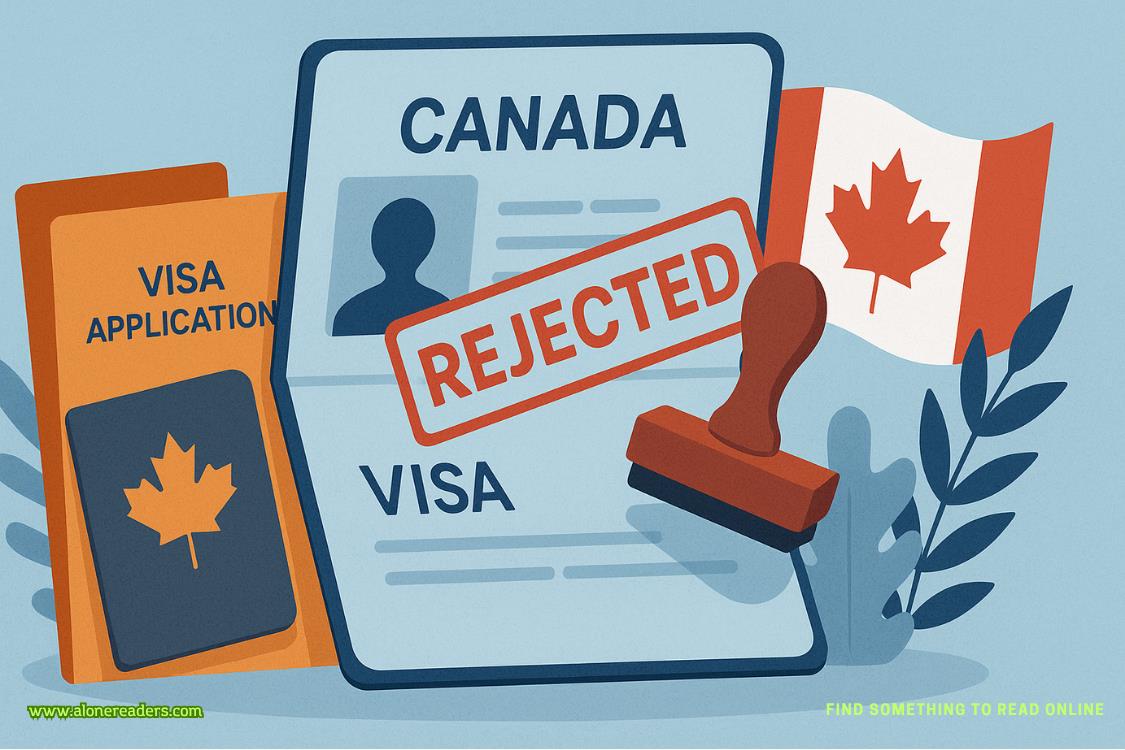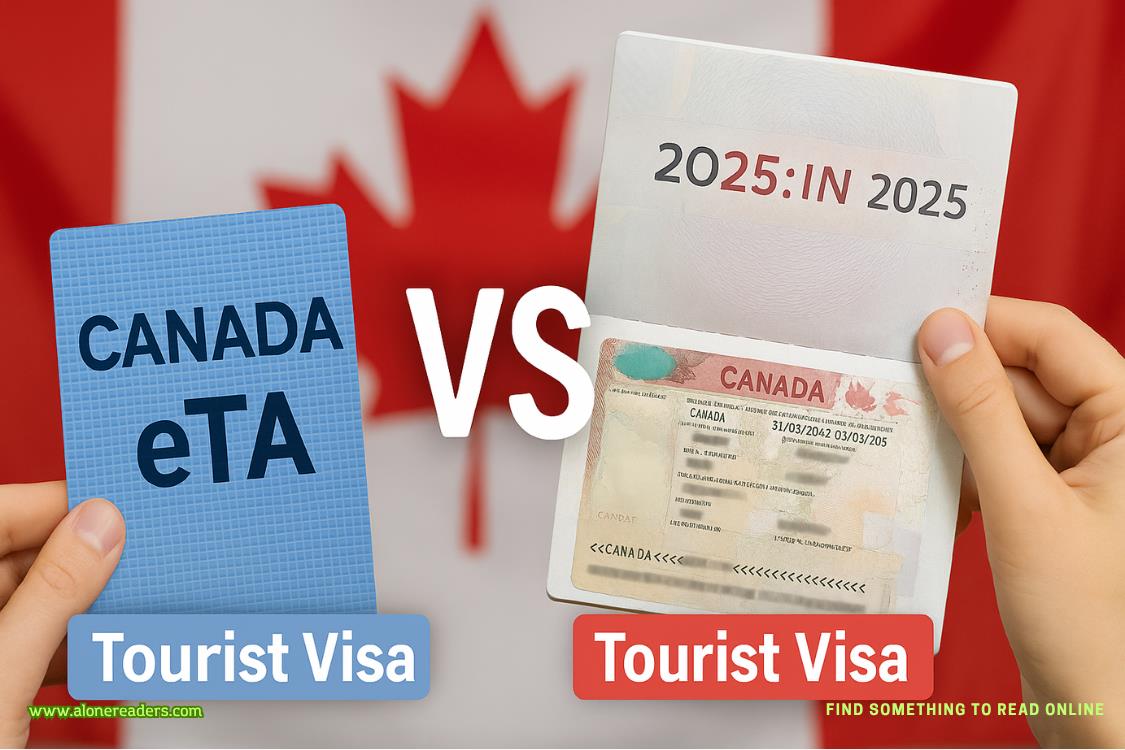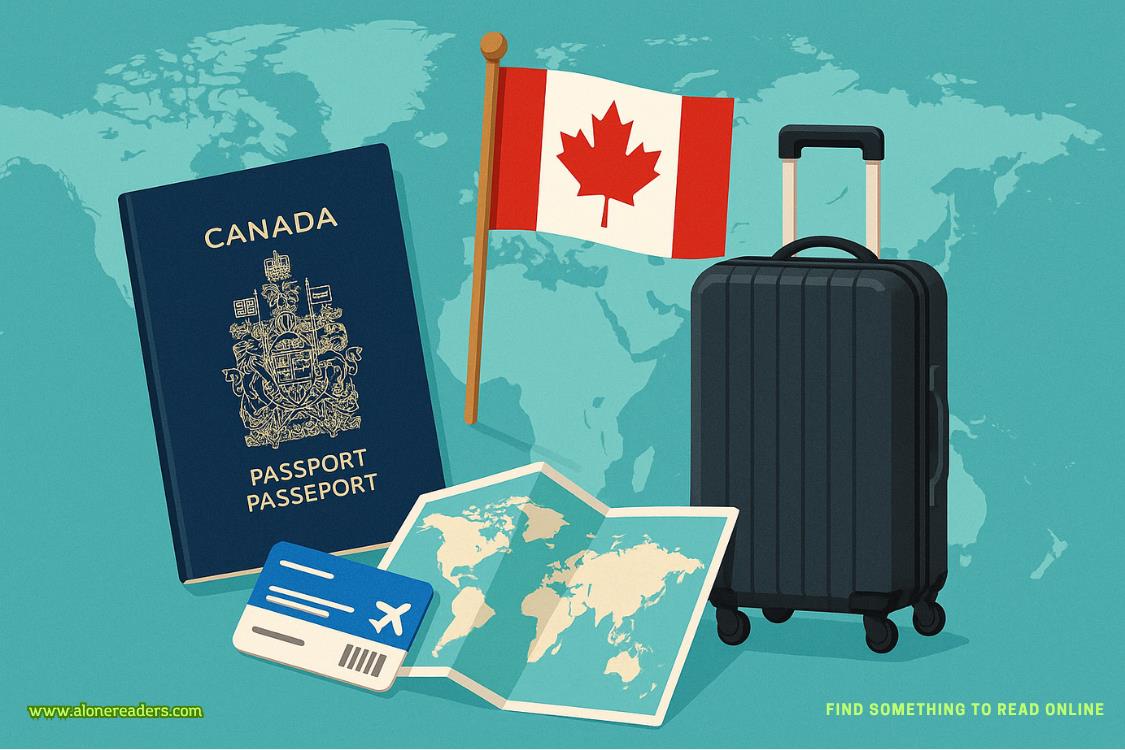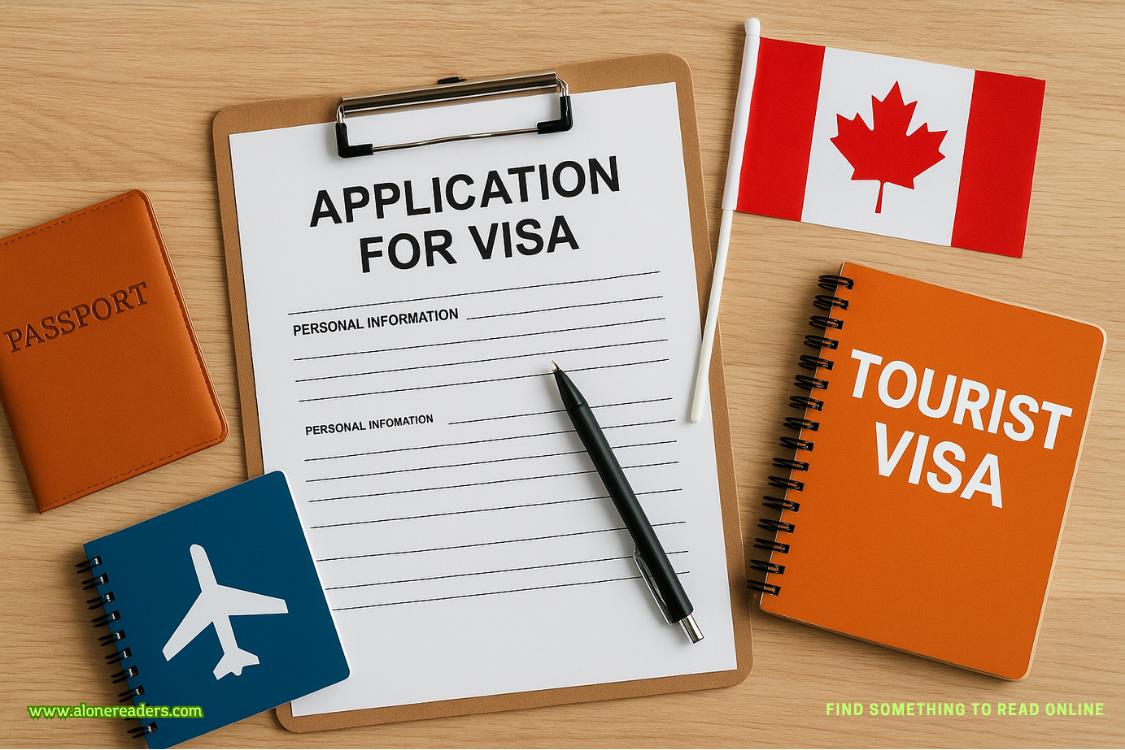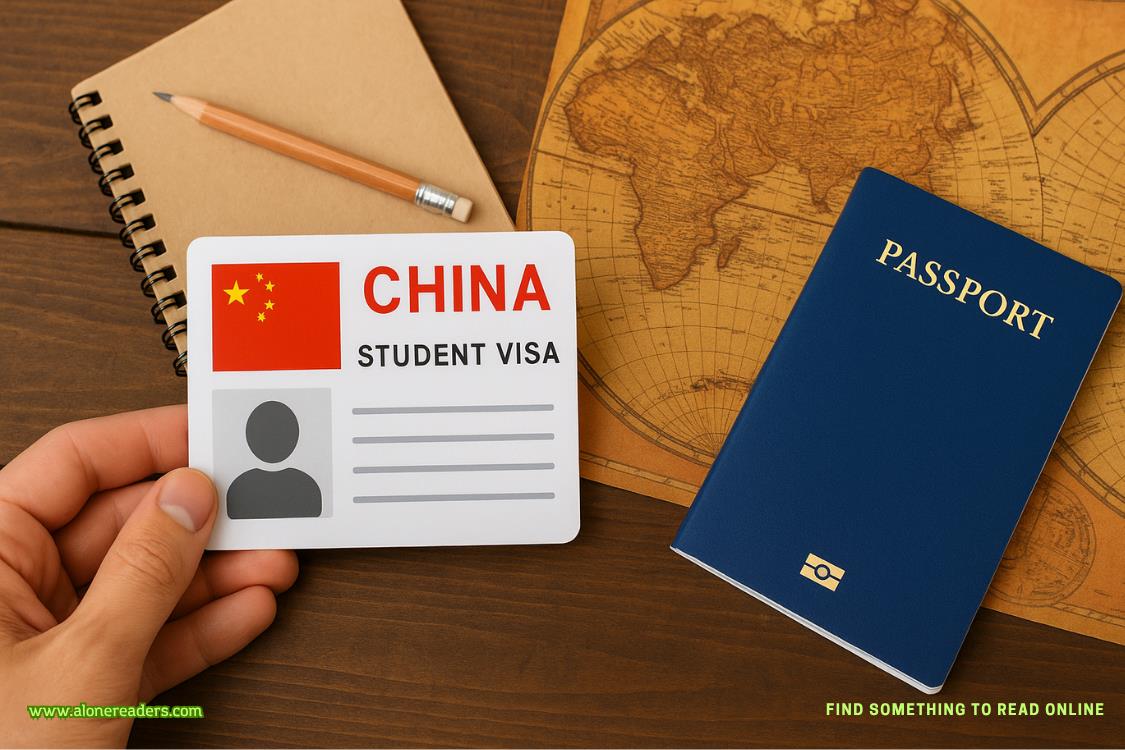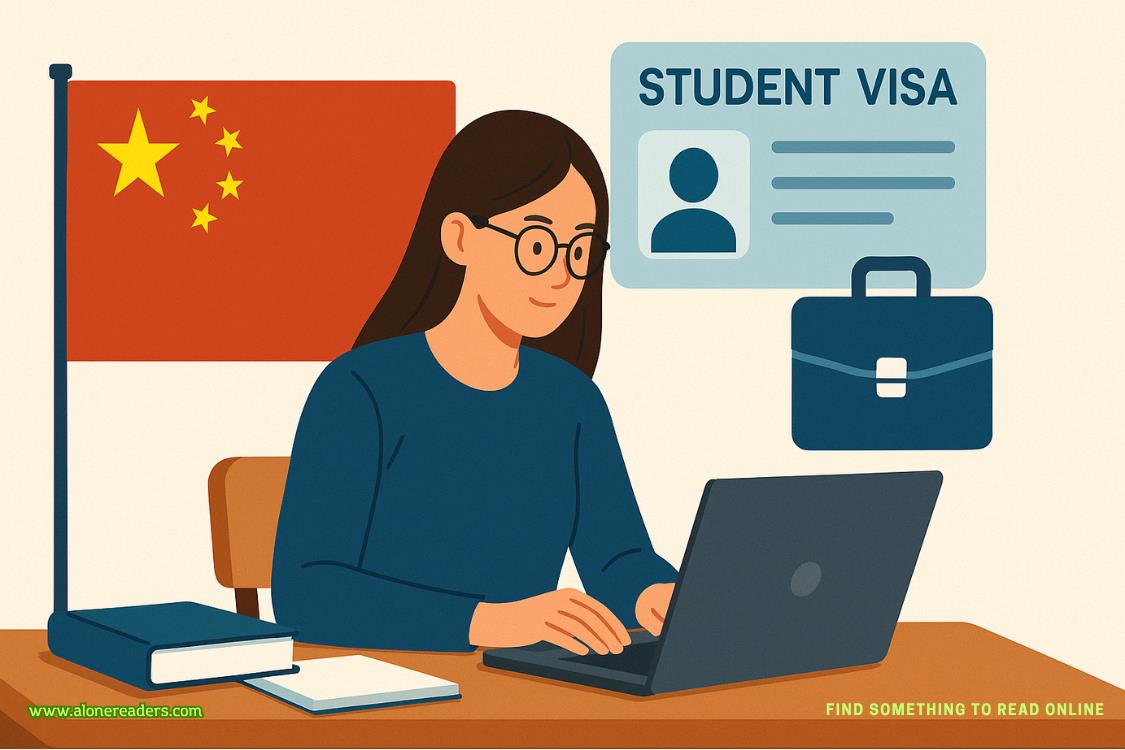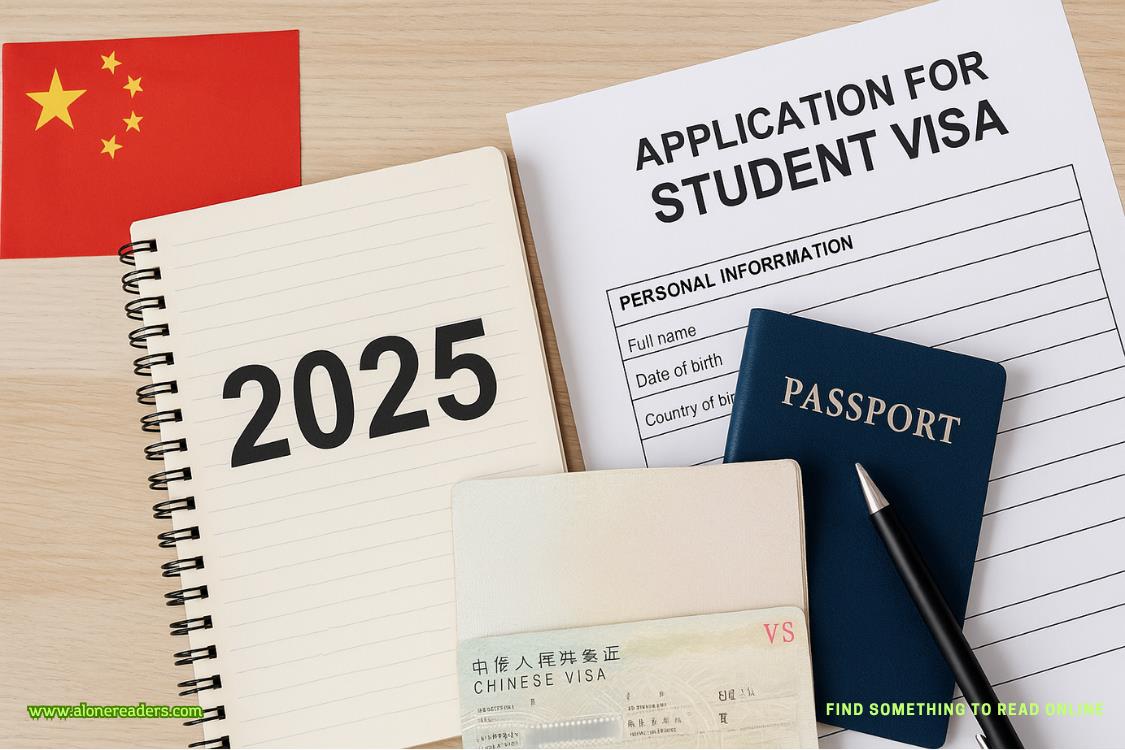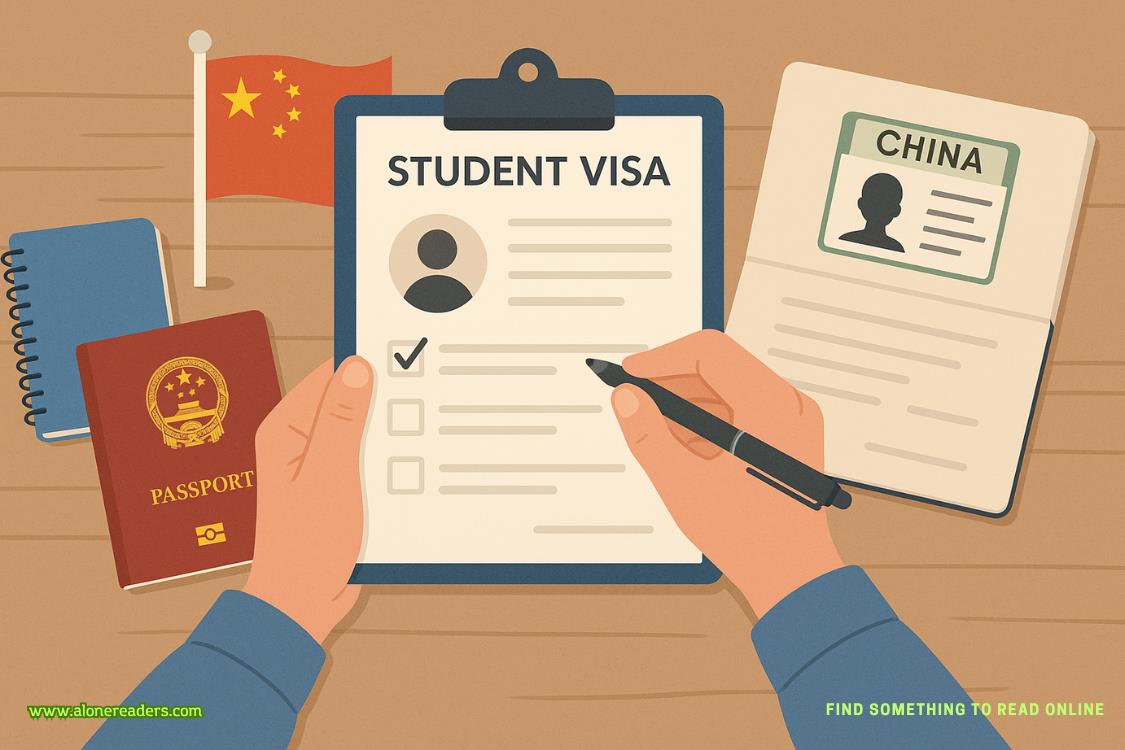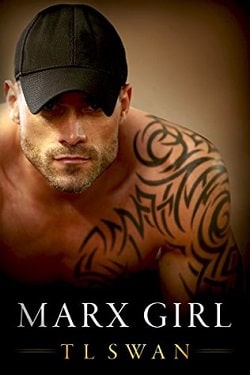Metzler went into the sunlit piazza, and Gabriel followed Father Keegan to the lifts. An empty carriage awaited. The priest pressed the call button for the second floor, and the doors closed.
“This had better be important.”
“I wouldn’t be here if it wasn’t.”
“I can give you ten minutes at most.”
“I’d consider rearranging the Holy Father’s schedule, if I were you.”
“It’s carved in stone.”
“If you say so, Father Keegan.”
The carriage doors opened to reveal a Swiss Guard in plain clothes standing in the foyer. Two more sentries in simple blue tunics flanked the doorway of Room 201. Father Keegan turned the latch without knocking and led Gabriel inside.
***
His first appearance on the balcony of St. Peter’s had electrified the world’s one billion Catholics, not least because he was the firstnon-cardinal to be elected pope since the fourteenth century. Gabriel, in an unprecedented break with Canon Law and Church tradition, had been present in the Sistine Chapel when the dean of the College of Cardinals asked the new supreme pontiff to state the name by which he wished to be called. His initial response, that he hadn’t a clue, had provoked good-spirited laughter among the men in red. With his second, though, he sent a not-so-subtle signal to the princes of the Church that change was in the air.
He spent that first night of his papacy—and every night since—not in the spaciousappartamento pontificioin the Apostolic Palace but in a two-room suite in the Casa Santa Marta. The Vatican Press Office, after much deliberation and Curial consultation, had declared that it was seventy-five square meters. But Gabriel, with his unfailing eye for linear dimensions, thought the actual number was closer to fifty. An arrangement of velveteen-covered couches and chairs, too heavy for the cramped space, stood near the windows, which overlooked the Basilica. The enormous Renaissance papal bed, the same bed upon which several previous popes had breathed their last, consumed most of the second room. The dark wooden floors shone with fresh polish. The cream-colored walls were bare.
The Holy Father sat at the small desk, the receiver of a landline phone pressed to his ear. He wore a simple white cassock and an unadorned silver pectoral cross rather than the ornate crosses of gold worn by popes down through the ages. His shoes were ordinary leather oxfords—not the traditional red slippers—and the heavy gold Ring of the Fisherman was nowhere in sight. Like his predecessor, he found it cumbersome and uncomfortable to wear.
At length he raised a forefinger to indicate he would be another moment longer. Father Keegan, in a stage whisper, explained the delay. “Cardinal Doyle.” Then, for Gabriel’s benefit, he added, “The archbishop of New York.”
“Yes, I know.”
“His Holiness is making his first visit to America next month.”
With an arid smile, Gabriel indicated he knew about the Holy Father’s travel plans as well. The much-publicized itinerary for the trip included an Oval Office meeting with the American president and historic addresses to both the Congress and UN General Assembly. American conservatives were apoplectic over the pontiff’s plans to visit communist Cuba as well, in no small part because His Holiness had recently issued a biting apostolic exhortation decrying what he called “the invisible tyranny” of capitalism and the market. He had also condemned the global rise of far-right extremism, expressed support for the rights of migrants, and issued a clarion call for immediate action to combat climate change—positions that led one American conservative journalist to christen him “His Holiness Pope Che Guevara.” His decision to reside in two small rooms in the Casa Santa Marta was viewed by most traditionalists as an affront to the majesty of the papacy. Gabriel’s objections to the Holy Father’s accommodations were more practical in nature. He had been in the tiny papal apartment only two minutes and already the walls were closing in on him.
The Holy Father bade the American cardinal farewell, then replaced the receiver and exhaled heavily.
“That bad?” asked Father Keegan.
“His Eminence is concerned that I might not fully appreciate the depths of America’s current political divisions. He advised me to tread carefully during my remarks to Congress.”
“What did you tell him?”
“I made it clear that I intend to speak my mind in Washington.”
“I see,” said Father Keegan warily.
The Holy Father turned to Gabriel and said, “My private secretaryis concerned that I needlessly antagonized the most powerful Roman Catholic prelate in the United States.”
“Did you?”
“Probably, yes.”
“In that case, perhaps Father Keegan should ring His Eminence and ask him to jot down a few ideas for your remarks. Nothing too detailed, mind you. Just broad-brush themes.”
“Humor him, you mean?”
“Exactly.”
The Holy Father nodded toward Father Keegan, who went wordlessly into the corridor, iPhone in hand. Gabriel, alone with the successor to St. Peter, cast his eyes deliberately around the confines of the modest sitting room.
“I know what you’re thinking,” said the Holy Father.




